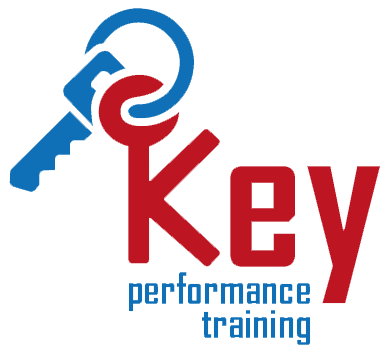According to the UK health and safety executive almost one in five lift truck accidents occur as a result of mechanical failure, which could be avoided through correct pre-inspection completion. Inspecting a forklift before operating will only take a short amount of time but could save you from severe injuries and accidents. With all heavy equipment or vehicles, a complete inspection is the best way to make sure equipment is ready for use and all systems are working efficiently. Warehouse managers and employers should always get damaged or broken equipment immediate repair to ensure the safety of workers.
At Key Performance Training, we ensure all of the delegates who complete a course with us know and understand the importance of inspecting the lift truck before operating and that going forward into employment they carry out all safety procedures to the RTITB standard.
Below are 5 of the most important pre-checks to conduct before operating, however the list doesn’t stop there!
1. Tyre inspection/check over
Tyres provide grip for movement, friction for braking and suspension for safety and comfort. Before operating any forklift you must check that the tyres are in perfect condition as the wrong tyres or excessively worn ones can be a dangerous and expensive risk.
When inspecting the tyres there are two crucial aspects to ask yourself:
- Is there any visible damage to the tyres such as cracks, tears or bulges?
- Do they have a sufficient thread depth? (You can check this with a simple gauge whilst referring to manufacturer’s handbook for specific thread depth required for the truck you are operating.)
2. Checking the breaks before moving the forklift.
Insufficient or worn-out breaks are the cause of many serious forklift accidents. As an operator, you need to be sure that if a hazard gets in your way not only are you ready to break but the breaks are also ready to break!
To carry out an inspection\test of the brake you first need to press the footbrake checking for downward pressure whilst ensuring the handbrake is applied. Then, repeat with the handbrake released to compare the level of pressure in the brake pedal. If the pedal goes to the floor, this could mean there is an issue with the brakes that could cause a risk for you as the operator.
3. Checking how the truck moves.
Before attempting to carry any load, the operator should be sure that the truck is moving as it should. To carry out this check the operator will need to engage the reverse gear (whilst carrying out safety checks by looking over both shoulders), release the parking brake and slowly move off; checking that the lift truck moves off with ease and as normal.
The operator can also use this as another opportunity to check the brakes by accelerating and then pressing the foot brake to ensure that the lift truck comes to a complete stop.
4. Checking for leaks after having removed the lift truck.
After moving off, operators should check that there is no signs of leakage where the truck was previously parked. If you do find any leakage it could be engine oil, water , electrolyte or hydraulic oil. In an incident where you find any evidence of leaks it’s best to immediately dismount the vehicle and stop operating.
We would also advise you to report any leaks to the management so they can solve the issue so no other operators are at risk.
5. Clutch and gearshift check.
Like a car, many issues can arise from a worn-out forklift clutch or gearbox; doing a quick check of both will maximise your safety.
Any signs of jumps or jerks when changing gear should not be ignored and instead means you should stop operating and report instantly. A safe to operate truck will shift gear smoothly and with ease.
